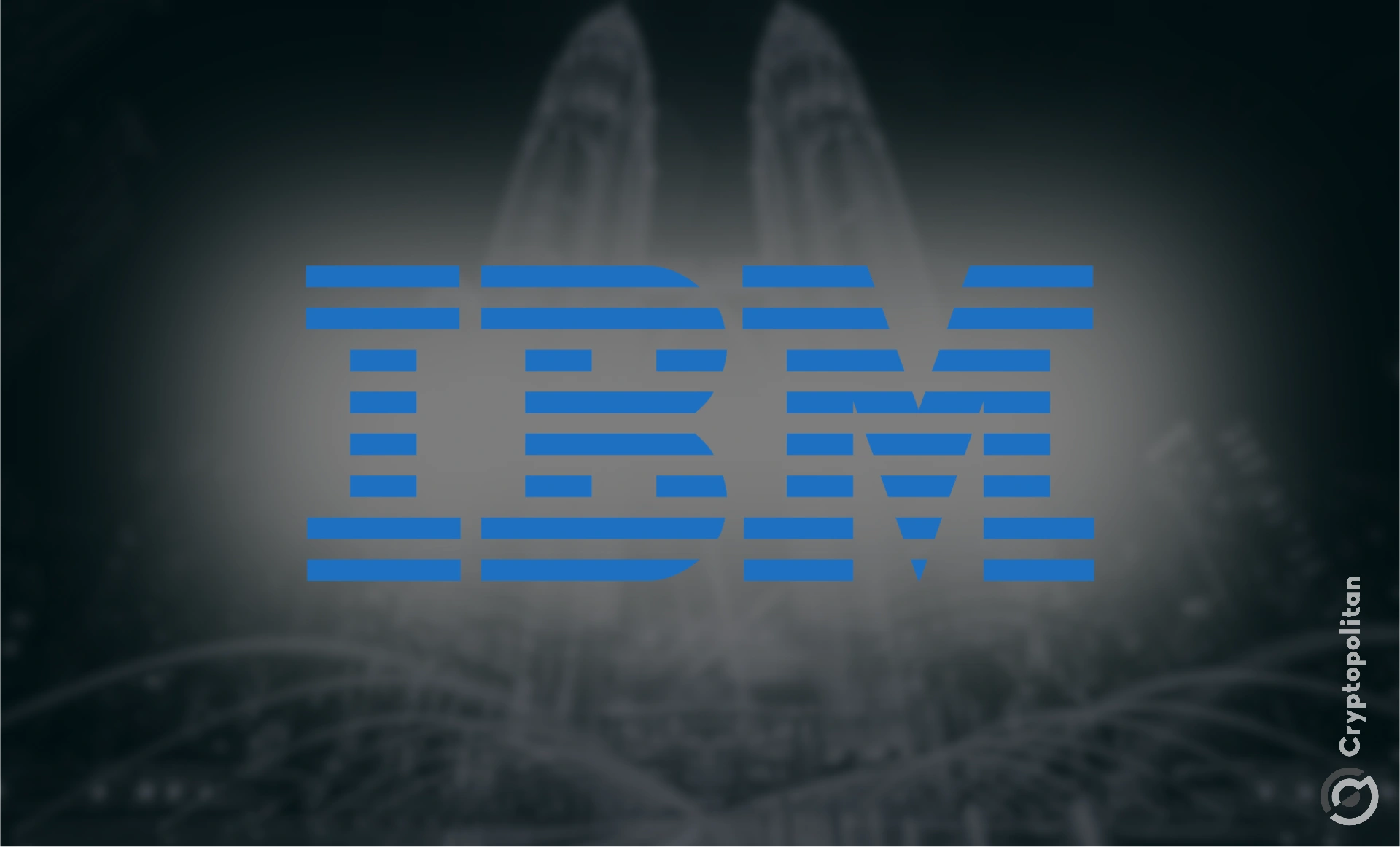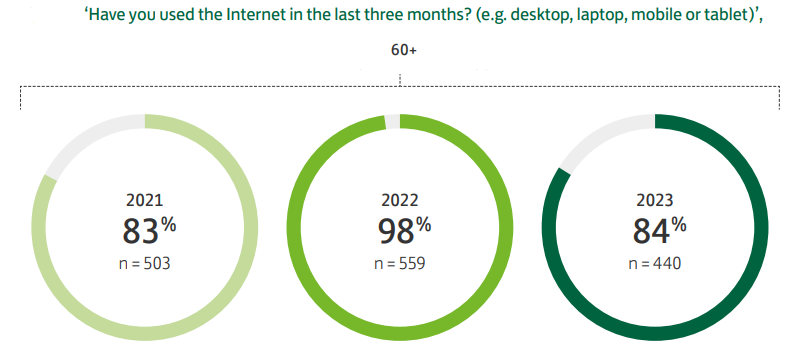In discussions surrounding artificial intelligence (AI), there has often been a shade of apprehension, painting AI as a rival to human workers and their job security. However, such assumptions tend to overlook the historical relationship between people and technology. Throughout history, new technologies, whether it was the automobile, the integrated circuit, or the cell phone, have been embraced and integrated into society. These innovations brought change, but they also created new job opportunities and empowered individuals. It’s crucial to recognize that AI is likely to follow a similar trajectory, fostering collaboration with humans, enhancing their productivity, and freeing them from repetitive tasks.
The human-in-the-loop approach: Collaborative synergy with AI
When we view AI through the lens of collaboration rather than competition, it becomes evident that AI can empower workers while driving improved productivity. This “human-in-the-loop” approach to AI allows people to focus on what they excel at: creative problem-solving, collaboration, and using their judgment to address complex challenges. By taking over time-consuming and repetitive tasks, AI can alleviate the daily grind and mitigate burnout.
Imagine a scenario where your AI teammate seamlessly integrates into your operational workflows, becoming a trusted assistant capable of handling a variety of tasks. This AI teammate possesses a comprehensive understanding of your operations, grasps the contextual importance of data, and can provide data in the form of metrics, graphs, and recommended actions precisely when needed. Imagine an AI teammate that sifts through vast datasets, condensing them into concise summaries for human analysis, or an AI system that provides information detecting and contextualizing incidents.
However, while AI is potent in dissecting data, spotting patterns, and providing contextual analysis, it is still in its infancy. Its occasional tendency to “hallucinate” or misinterpret data highlights the need for a robust human-in-the-loop (HITL) framework. This model encourages a symbiotic relationship where humans verify AI outputs, offering a crucial layer of validation and approval.
Consider the example of aviation, where various automated systems work together to ensure the safety of flights, alert pilots to potential dangers, and even maintain the plane on auto-pilot. Yet, a human pilot remains in the cockpit, making important decisions and ultimately landing the aircraft. Similarly, in tasks requiring judgment and decision-making, humans must remain in the loop alongside AI. AI’s strength lies in tasks like data analysis, pattern recognition, and contextual analysis, making it the ideal partner for modern operations teams.
The narrative of chess exemplifies the potential of human-AI collaboration. Advanced Chess programs didn’t overshadow human prowess; instead, they ignited a collaborative spark. This synergy shattered previous records, with humans contributing their strategic acumen and computers providing their computational might. Similarly, integrating AI into operational realms creates an environment conducive to nuanced decision-making, driven by a blend of human expertise and AI analytics.
Just as in chess or aviation, incorporating AI into operations enhances teams’ decision-making capabilities. Here’s how AI contributes to this synergy:
1. Data integration: AI transforms disparate data into structured, actionable insights, enabling informed human analysis. By contextualizing data, AI ensures a relevant and precise information flow to operations teams.
2. Automated analysis and understanding: AI delves into integrated data, uncovering patterns and insights, while humans guide the analytical direcion to align with operational objectives.
3. Discoverability and recommendations: AI explores various possibilities and offers potential solutions. The recommendations are tailored to the operational context, aiding humans in navigating the optimal course of action.
4. Augmented machine analysis: AI provides granular analytics, supporting humans in deciphering complex scenarios, thereby expediting problem resolutions.
AI excels at delivering pertinent information precisely when needed, offering insightful suggestions, and conducting comprehensive analyses of vast datasets. For an operations team, AI becomes an invaluable, complimentary teammate. Rather than replacing IT team members, AI functions as a valuable asset, helping team members increase their productivity and focus on more strategic, high-value work. This collaborative approach between humans and AI promises a future where technology enhances our abilities and empowers us to tackle challenges more effectively.





